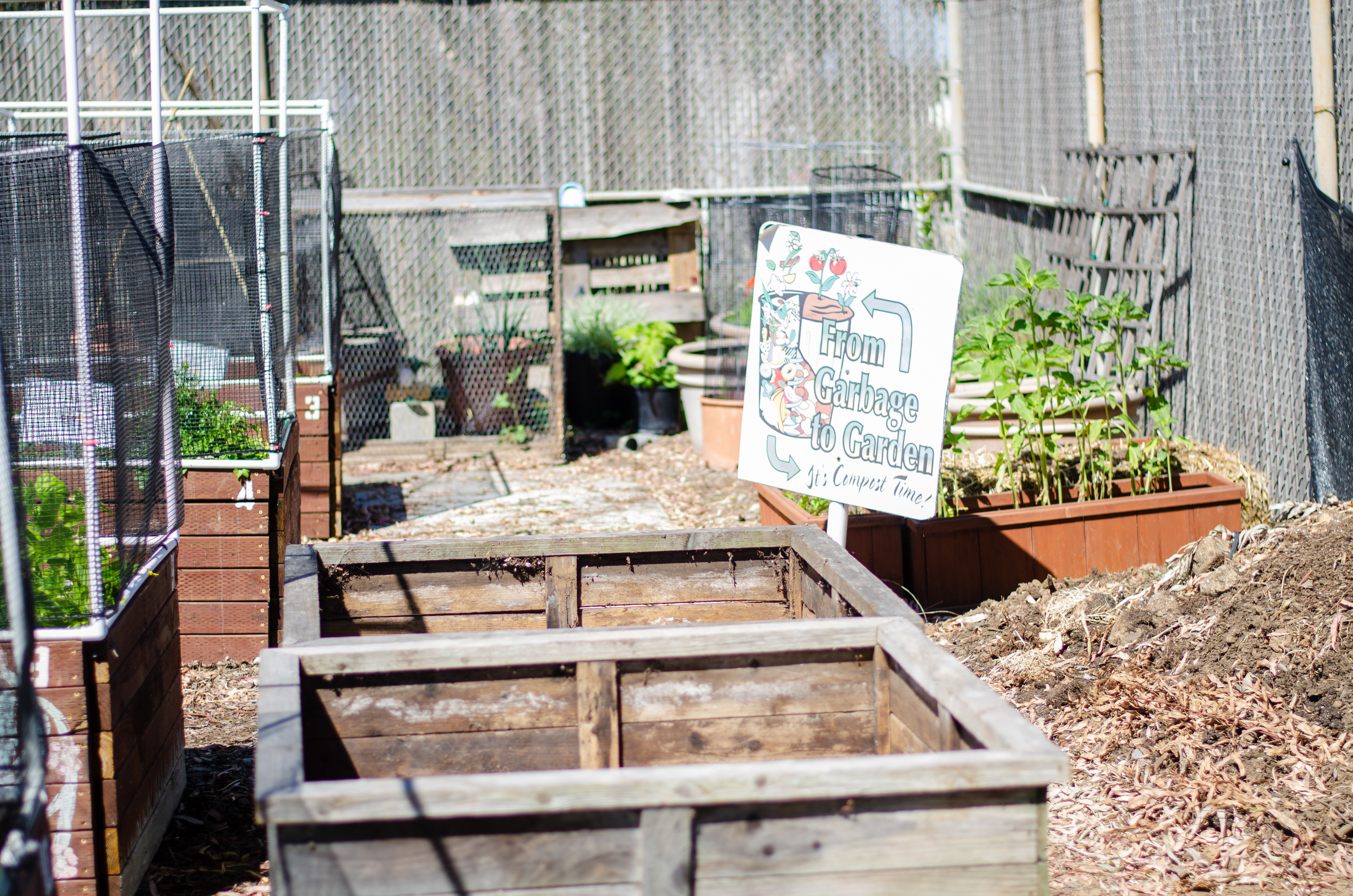By Patricia Franklin
Staff Writer
To provide students struggling with food insecurity issues a chance at having nutritious meals, California State University, Dominguez Hills has started an outreach program to enroll students in CalFresh.
In February, the Chancellor’s office took the initiative to bring CalFresh to California State University campuses.
While many CSU’s, including CSUDH, have started food pantries that allow access to fresh, healthy foods, CalFresh, federally known as the Supplemental Nutrition Assistance Program, is a state program that issues monthly electronic benefits that can be used to buy most foods at many markets and food stores. It is designed for low-income people who meet federal income eligibility rules.
For example, if you live alone and your gross monthly income is $2,011 or below, you could be eligible for $192 in CalFresh allotments. If you have a roommate, and the total combined gross income is $2,708 or less, the monthly allotment could be as high as $352.
Joshua Williams, the coordinator for the Toro Guardian Scholars and CalFresh Outreach, works closely with CSUDH students who may have gone through or are currently going through hard times.
“The reason why [CalFresh] is coming on our campus is because there was research that was recently done showing that a lot of our students are food insecure,” said Williams. “They are skipping meals because they don’t have the money or, for whatever reason, they aren’t eating nutritious food.”
According to the Basic Needs Initiative, 41.6 percent of CSU students have reported being food insecure, which the U.S. Department of Agriculture defines as a lack of consistent access to enough food for an active, healthy life. Within the CSU, African-American and first-generation students have the highest rates of food insecurity at 65 percent, and homelessness at 18 percent.
“I feel that having CalFresh on campus is a necessity,” said Dezy Turner, a business major. “As a full-time student, part-time worker and single mother, it’s difficult to try to keep a steady job that will house and feed my family. I am a CalFresh recipient and feel that is it important to implement this type of program on campus.”
Because the CalFresh program is still new on campus, Williams utilizes his interns and colleagues to get the word out about this opportunity for students. In the upcoming months, Williams plans to provide educational workshops for students in the program by showing them how they can “stretch their CalFresh dollars” and the type of foods they can cook using the benefits.
“[This program] will absolutely grow,” said Williams. “We have to make sure that students understand the benefits and the value of this. This is free money.”
For more information, visit the student services website.

